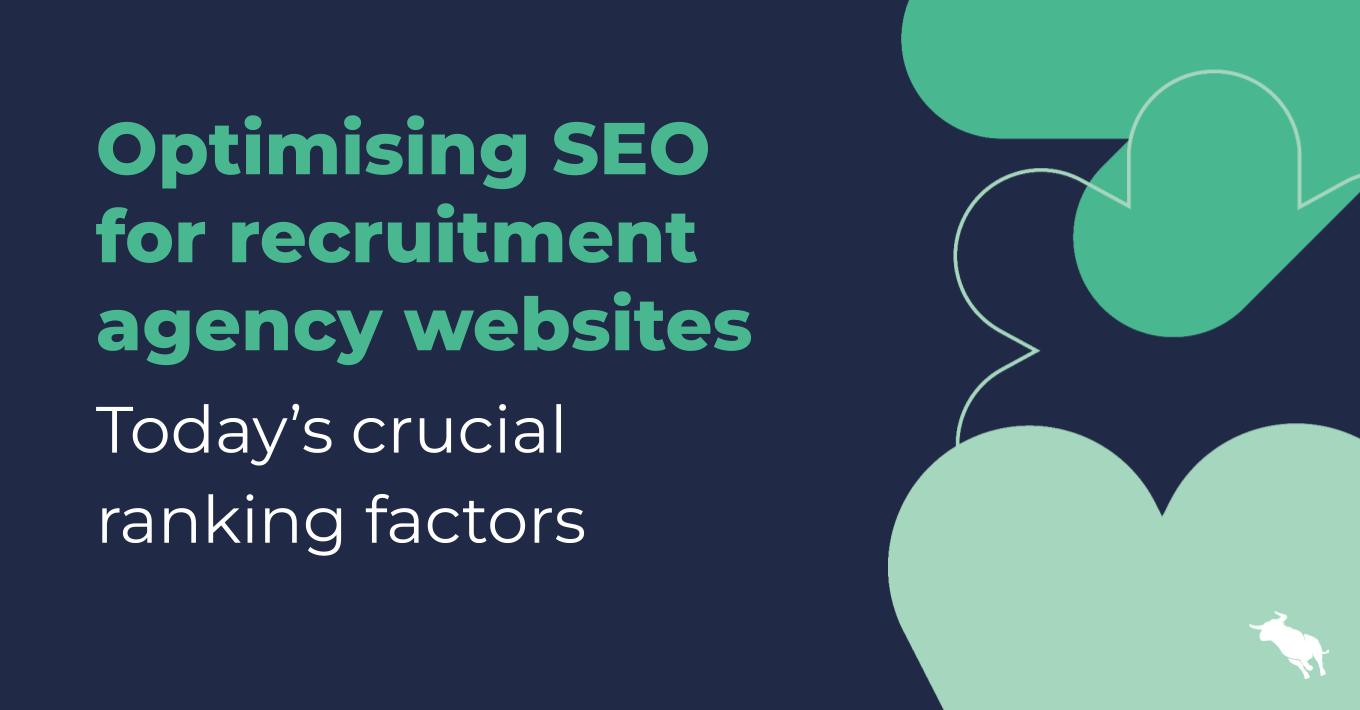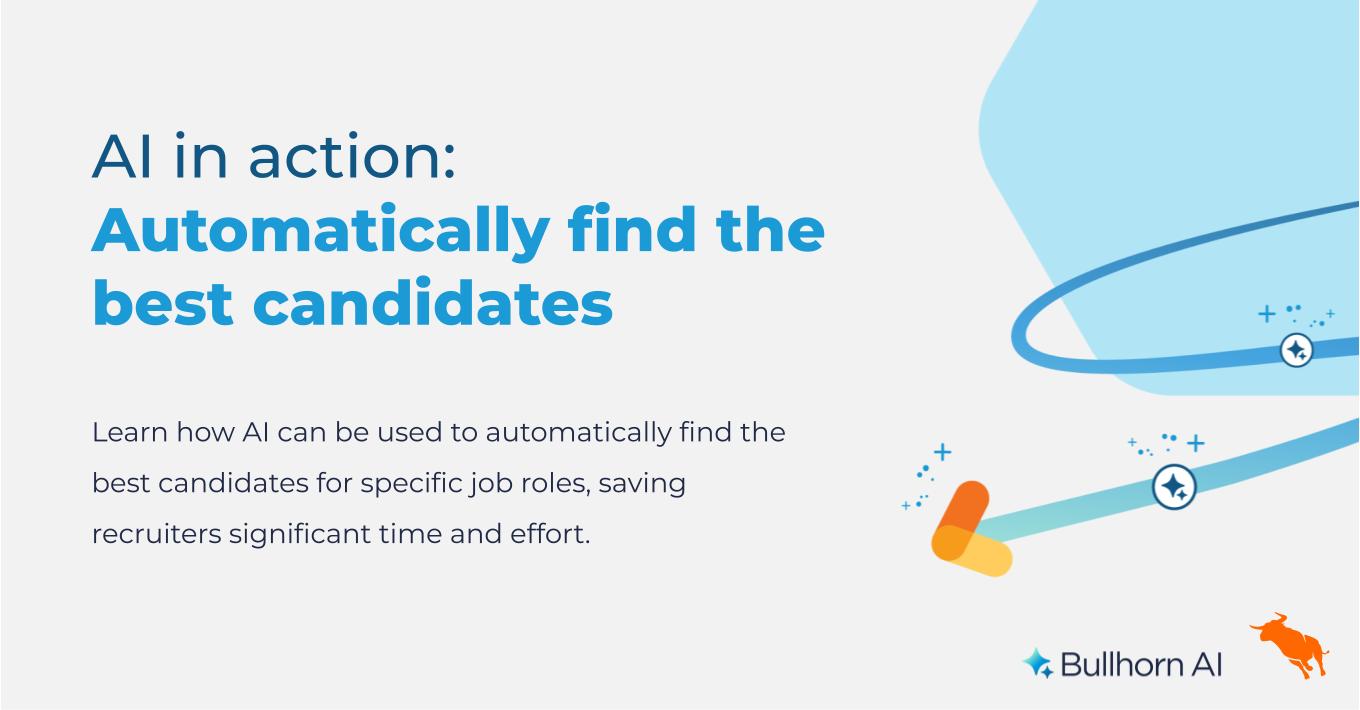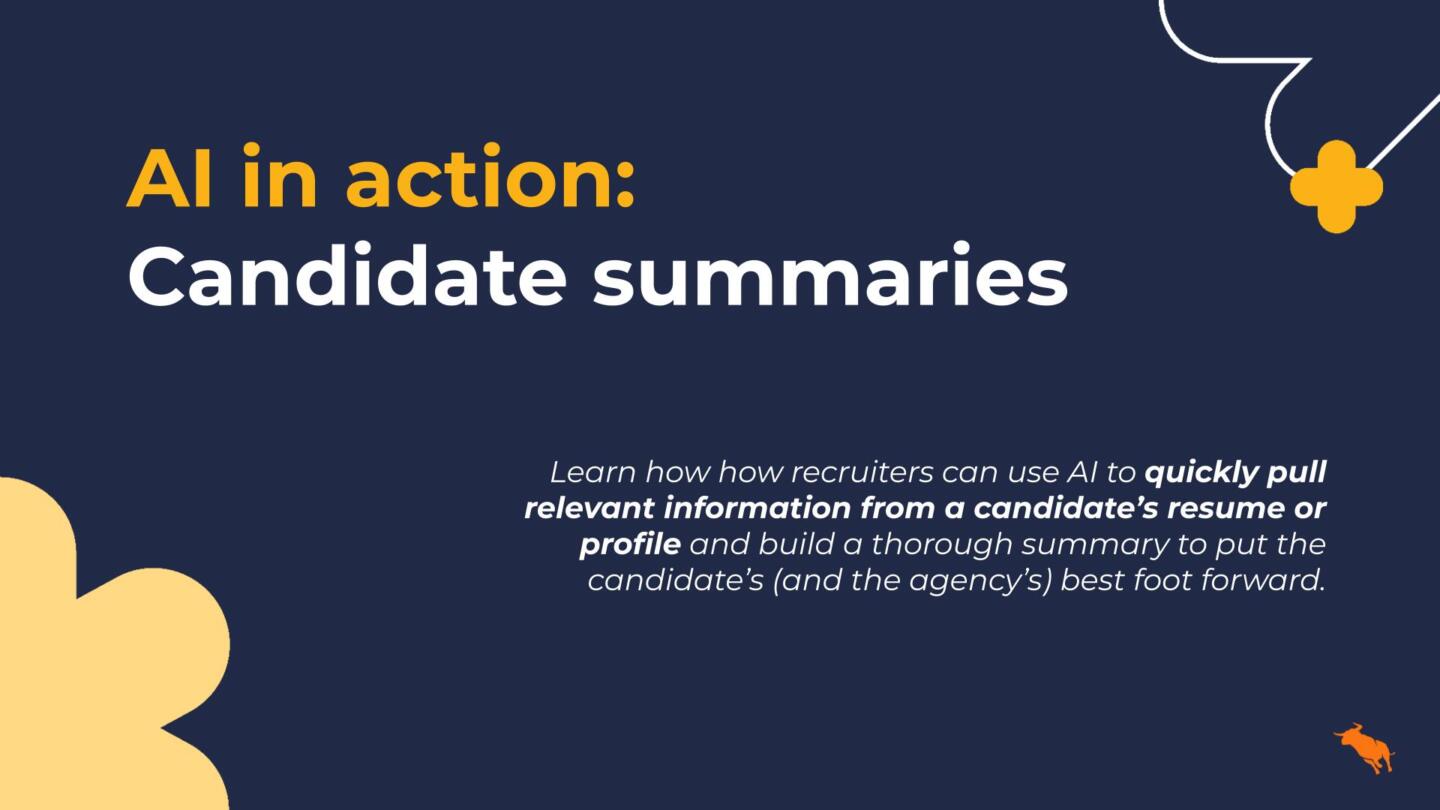True Cloud or Pretender? ― Finding the Right Cloud-based Solution for Your Staffing Agency [INFOGRAPHIC]
It’s been two years since Ray Ozzie, Microsoft’s former Chief Software Architect, sent an internal memo to executive staff encouraging Microsoft to continue with its forward momentum and let go of a past that is so largely defined by Microsoft’s software for the PC. The memo, titled “Dawn of a New Day,” depicts a “post-PC” world of global web products that are hosted by the cloud and always available. “…cloud computing will become pervasive for developers and IT – a shift that’ll catalyze the transformation of infrastructure, systems & business processes across all major organizations worldwide,” Ozzie wrote. His words not only marked a five-year milestone for Microsoft, but also sparked a lot of discussions for many organizations, encouraging them to shift their efforts to the cloud. Fast forward two years and cloud computing (2011’s most significant, but overused buzzword) has become a growing importance and competitive differentiator in the recruitment industry.
True cloud solutions are a perfect fit for the staffing and recruiting industry, which is defined by constant change and dramatic new developments in how candidates are hired and placed. Once dominated by on-premise, custom, homegrown solutions, the applicant tracking and customer relationship management landscapes have matured. Staffing agencies using cloud-based technology have drastically increased productivity, while reducing administration time and costs. In search for the right cloud-based solution, many recruitment agencies have found it exponentially more challenging to navigate the cloudy vendor landscape. Not only because there is a growing supply of systems in the market, but mainly because vendors have done a great job at marketing their products as true “cloud” software, when they are in fact “on-premise” or “cloud pretenders” that don’t offer the real power or benefits of cloud-based technology.
Cloud Provider versus Cloud Pretender
At the very basic level, “the cloud” or “cloud computing” is defined as the process of delivering software via the web, whether it is anything from email to customer relationship management. You will hear the terms “public cloud” versus “private cloud.” Public cloud means that the software, storage, etc. is available to the general public by a service provider either for free or on a pay-per-use model. Service providers operate the infrastructure and end users access the public or true cloud software through a web browser, while their data is stored on servers in a remote location. There are many different types of public cloud computing services such as the software-as-a-service (SaaS) delivery model. Wikipedia has a complete list of public cloud computing types if you are interested in learning more. Private cloud means that the infrastructure is managed and hosted internally and requires constant hands-on management and attention, which ultimately defeats the purpose of the “cloud” model. Essentially users are buying, building and managing this type of cloud infrastructure. Not to mention, 3rd-party vendors still need to manage version upgrades, which defeats the purpose of true cloud as well. Cloud pretenders, also known as hardware and software vendors, realize that cloud computing is the future for enterprises because it no longer makes sense for businesses to spend large amounts of money on infrastructure and packaged on-premise software. Unfortunately, many of them are repackaging and rebranding their existing offerings to compete in the world of cloud computing. At the very basic level true cloud solutions are hosted in a remote facility called a data center that is used to store computer systems such as servers and telecommunications equipment. It is built and delivered on a “one to many” basis, meaning multiple systems can run on one physical server. The on-premise model; however, requires the physical server to be hosted on-site at the company’s own data center. This significantly increases costs, security risks, and maintenance fees. With the true cloud delivery model power is distributed across all users simultaneously and the solution can be serviced, upgraded and maintained continuously versus rolling out new features with each new version release. But, hosting is not the only aspect that distinguishes a true cloud solution from a cloud pretender.
Get the “True” Facts
Most cloud pretenders will try to convince users to build their own cloud using their software. But, do you really have the time and resources to do that? This may make sense for larger organizations that have the bandwidth and scale, but for most companies, particularly if their core competence as a business is not IT, this does not make sense. Other pretenders will tell you they offer cloud computing services when they are actually outsourcing so it’s important to listen carefully to what vendors say and be prepared to ask the right questions. Ask the provider about their experience with relevant data management services, including their track record with up-time performance. Ask them about their security practices and procedures or backup/recovery processes. You also might want to ask them about customer support or even downloading your data for offline storage as a back-up (back-up) plan.
These are all important questions that will help you determine if the vendor is a true cloud provider or just a pretender. I hope this provides you with some clarity that you can use during your search for the right cloud-based solution that will fit the needs of your organization. Work with a technical consultant or your own IT department to navigate the space and assess whether or not you are working with a true cloud provider or a (not-so-true) cloud pretender. Are You Selecting a True Cloud Solution? Check out our new infographic to find out!
This Bullhorn Blog post was written by Ashley Healy.
Ashley Healy specializes in integrated marketing communications and a wide range of marketing activities including social media management, SEO copywriting, content marketing, promotional strategies and employment branding. She previously worked as Content Marketing Manager at Bullhorn and prior to that, as a copywriter and marketing coordinator at Verndale, a full-service digital agency.




